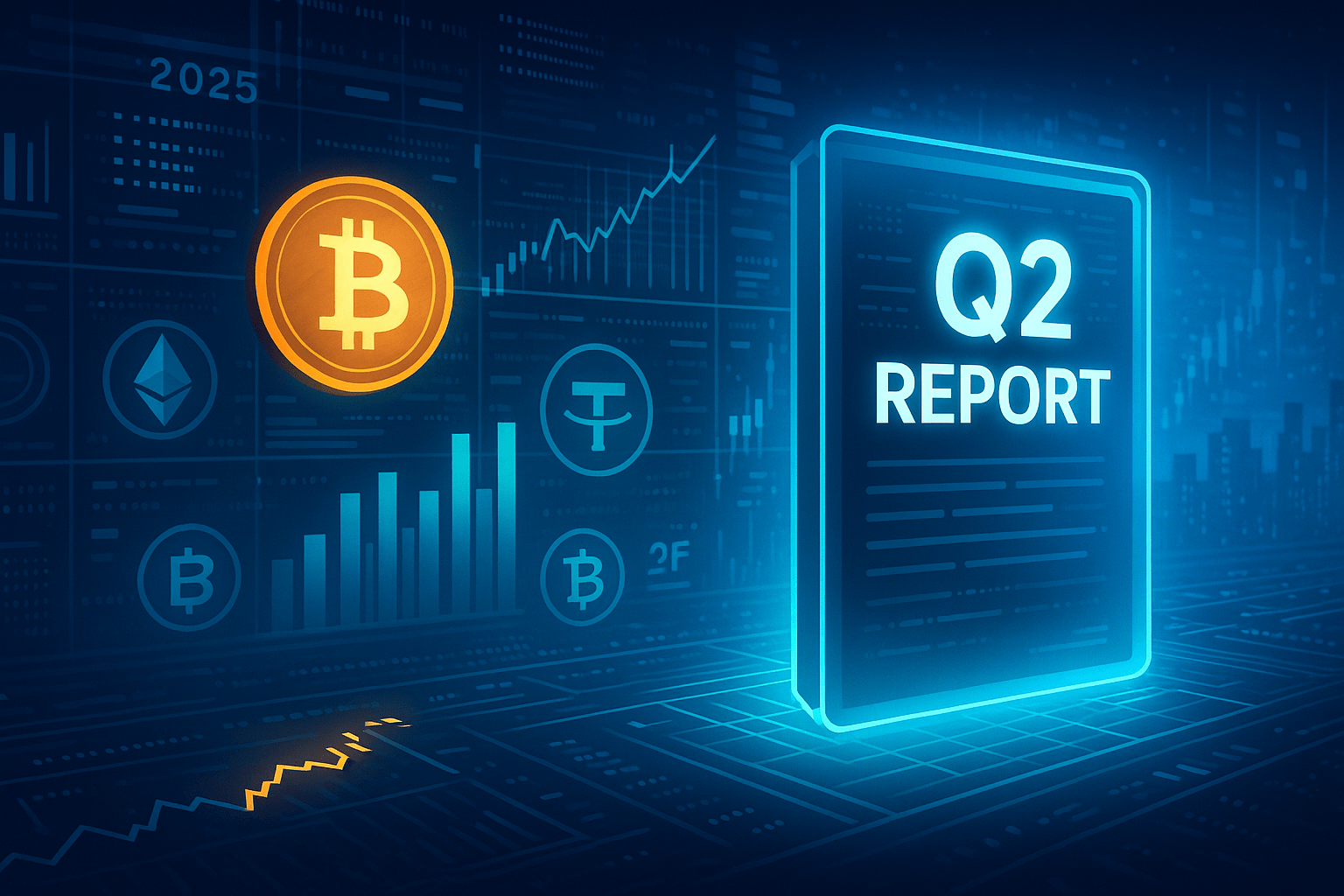How to Map Your Ecommerce Customer Journey [Template Included]
We’ve discussed how the customer journey impacts sales, service, and marketers.
![How to Map Your Ecommerce Customer Journey [Template Included]](https://blog.hubspot.com/hubfs/ecommerce-Sep-13-2023-09-08-01-7144-PM.png#keepProtocol)
We’ve discussed how the customer journey impacts sales, service, and marketers. But one segment that feels different is the ecommerce customer journey. The customer journey is different from service-based companies because it can be much quicker (buying from Amazon or an Instagram ad). However, if you work at an ecommerce company, it’s important to understand the customer journey: all the touch points and stages. Below, let’s learn how to map your ecommerce company's customer journey. Plus, you can download some templates to help you get started. The ecommerce customer journey is just like any customer journey. It describes the entire experience that a customer goes through to purchase a product from a company online — from the moment they're aware of your product to when they complete the purchase and reach out to customer support. Touchpoints can include when someone sees a social media ad, when a friend tags them in a post online, when they come across your website when they read your blog posts, when your product shows up on Google, when they search on Amazon, etc. The ecommerce customer journey includes the path from when they first contact you to when they purchase your product to if they reach out for a return. Writing down these touchpoints might make you realize that the journey on your website isn't ideal. If that happens, you can look for solutions to help you, like WooCommerce (a WordPress plugin). The first stage of the ecommerce customer journey is awareness. During this stage, a potential customer is experiencing a problem and is researching to understand their problem. They see if it has solutions, overcome misconceptions, and prioritize solutions. In the consideration stage, potential customers research products and methods to solve their problems in the consideration stage. For example, let's say that I want to start a morning routine. I do some research on Google and see a few ads on social media, then realize I want a morning routine journal. Now that I know what I want to buy and how to fix my problem, it’s time to research solutions. I’ll go to Google and Amazon to see what morning routine journals are available and which have the best reviews. During this stage, potential customers are now narrowing their list to the top products they want. This is when they’re learning what makes your product stand out from the competition and why your product is the one they need. During this stage, it’s essential to understand the various touch points to communicate what makes your product unique. For ecommerce, I'll add one more stage to the customer journey. That stage is retention. After a customer buys your product, their experience and decision to purchase from you again rely solely on the quality of your product and customer service. Let’s say the package was missing, delivered to the wrong address, or they want to return the product. They won't buy from you again if that experience fails. They’ll probably consider leaving a positive review if it does go well. In this stage, consider retargeting marketing and social media ads so more of your products show up for them online. Once you’ve delighted your customers, they see you show up online and want to engage with you. They’ll buy from you again and again. To learn more about ecommerce marketing, you can check out HubSpot Academy’s free Ecommerce Marketing Course. Now that you understand what the ecommerce customer journey is, you can take steps to improve your own. To achieve this, your overarching mission must be to make each customer journey as enjoyable and personal as possible. Here are some general guidelines and practical steps you can take. It’s simple — the more customers enjoy interacting with you, the further they’ll move along their customer journey. Improving customer delight can help boost conversions and deepen meaningful customer engagement, creating more profound and more meaningful bonds. Here’s what increasing customer delight looks like in practice: You can let your creativity run wild when thinking of new ways to delight your customers — there’s practically no wrong answer! FOMO is a powerful motivating force to harness to drive engagement and improve your customer journey. After all, if you can make customers feel like they’ll miss out if they don’t take the next step, you’ll get more doing so at each stage. Here are some practical ways to increase FOMO in a good way across your ecommerce customer journey: When creating a sense of urgency, it’s crucial to consider how you’ll do it. You may want to avoid seeming manipulative, which can turn customers off. On the other hand, if your research suggests it might be appropriate for your audience, especially if they expect some attitude from your brand, it just might work. Surveys provide information about customers that can help you better tailor your experience to them. In-person and online surveys help glean information that metrics and search results won’t yield. You can collect surveys anywhere, including the following: Think of what information you could use to improve your customer experience. Then, you can create a survey that gets you the information you need. The possibilities for this approach are endless. You need prospects to take the next step, whether clicking on your site, completing a purchase, or even opening a “thank you” email. Prospects have an easier time taking that next step and feel better about making it when they see they’re not alone. Here are some ways to raise social proof: Optimizing your ecommerce journey for social proof removes many reservations customers might have when getting ready to take the next step. Customers expect greater personalization, and you likely have room to improve this in your customer experience. With better data collection at each touch point, you’ll gain more data and opportunities to personalize interactions further. Here are some ways to do that: Personalization isn’t just getting on a first-name basis with your prospect. It extends to crafting the journey to match a prospect's unique wants, desires, and expectations. Sometimes, the most effective personalization doesn’t involve words at all. Now that we understand the ecommerce customer journey and what you can do to improve it, let's visualize it with a customer journey map. An ecommerce customer journey map is a visual representation of the various touch points on a customer journey. This map will portray the stage of the buyer's journey the customer is in, list the goals, and identify channels through which customers can come across that touch point. The more touch points you have, the more necessary a customer journey map becomes. This map will be a visualization of the start-to-finish customer journey. Creating this map aims to understand the customer journey and plan how you will improve the customer experience at every touch point. Let's see an example. HubSpot customer CODE41, optimized their ecommerce customer journey through HubSpot’s Marketing Hub, Sales Hub, and Service Hub. With Marketing Hub, CODE41 sends millions of emails (yes, millions) to their lists. With Sales Hub, the customer support team automates reminders to minimize customer support failures: not following up on client requests, remembering to check payment status, etc. Lastly, the company uses Service Hub to generate reports for how many tickets they have that were returned, complaints, repairs, etc. This helps them improve their customer experience and retention in the process. You can use HubSpot's customer journey map to get started with your ecommerce customer journey map template. Here, you’ll brainstorm what the customer thinks or feels, their actions, research, and how they go from consideration to decision. What might you fill out in each of these sections? Let’s take a look. Consider what customers think or feel in each section of the buyer’s journey. By getting into their head, you can better address their concerns and meet their expectations to get them to the next stage of the buyer’s journey. Customers will take different actions at each stage of the buyer’s journey that can either move them to the next step, return to an earlier stage, or see them leave your flywheel. Buyers will turn to different sources of information at each stage of the buyer’s journey. Customers require different incentives, calls to action, and cues to move from one stage of the buyer’s journey to the next. For more information, you can check out this post on customer journey thinking and watch the video below to learn more: Now, you might wonder, “How do I create an ecommerce customer journey map?” First, you'll create your buyer personas and then envision what your ideal customer goes through when they seek your product. Once you do that, download our templates and take HubSpot's Ecommerce Marketing Course. Then, you can fill out the template and brainstorm how to improve the journey at every touch point. Ecommerce customer journey mapping is essential to understanding your target audience and improving the customer experience. Focusing on providing the best customer experience will help retain customers and drive more leads and sales. You can do it for your business now that you know the importance of ecommerce customer journey mapping. With a visual representation of your customer journey, you can better understand the path a customer takes and ways to improve the overall experience. With the correct application of customer journey mapping, you can even increase conversions. Ready to get started? Check out our free resource below for some templates you can use to map out your customer journey!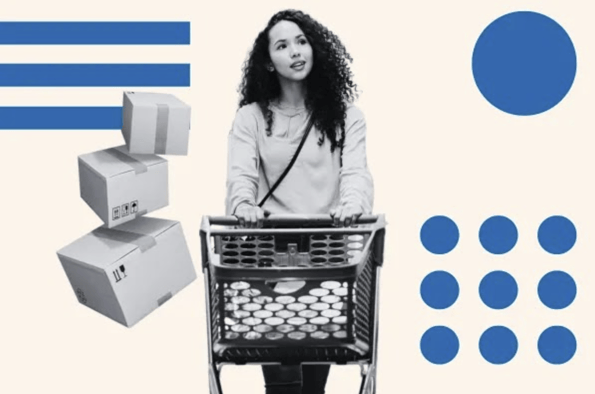
Ecommerce Customer Journey
Stages of Ecommerce Customer Journey
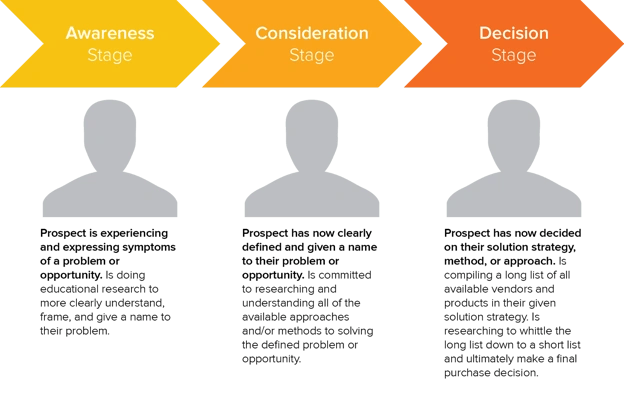
1. Awareness
2. Consideration
3. Decision
4. Retention
How to Improve Your Ecommerce Customer Journey
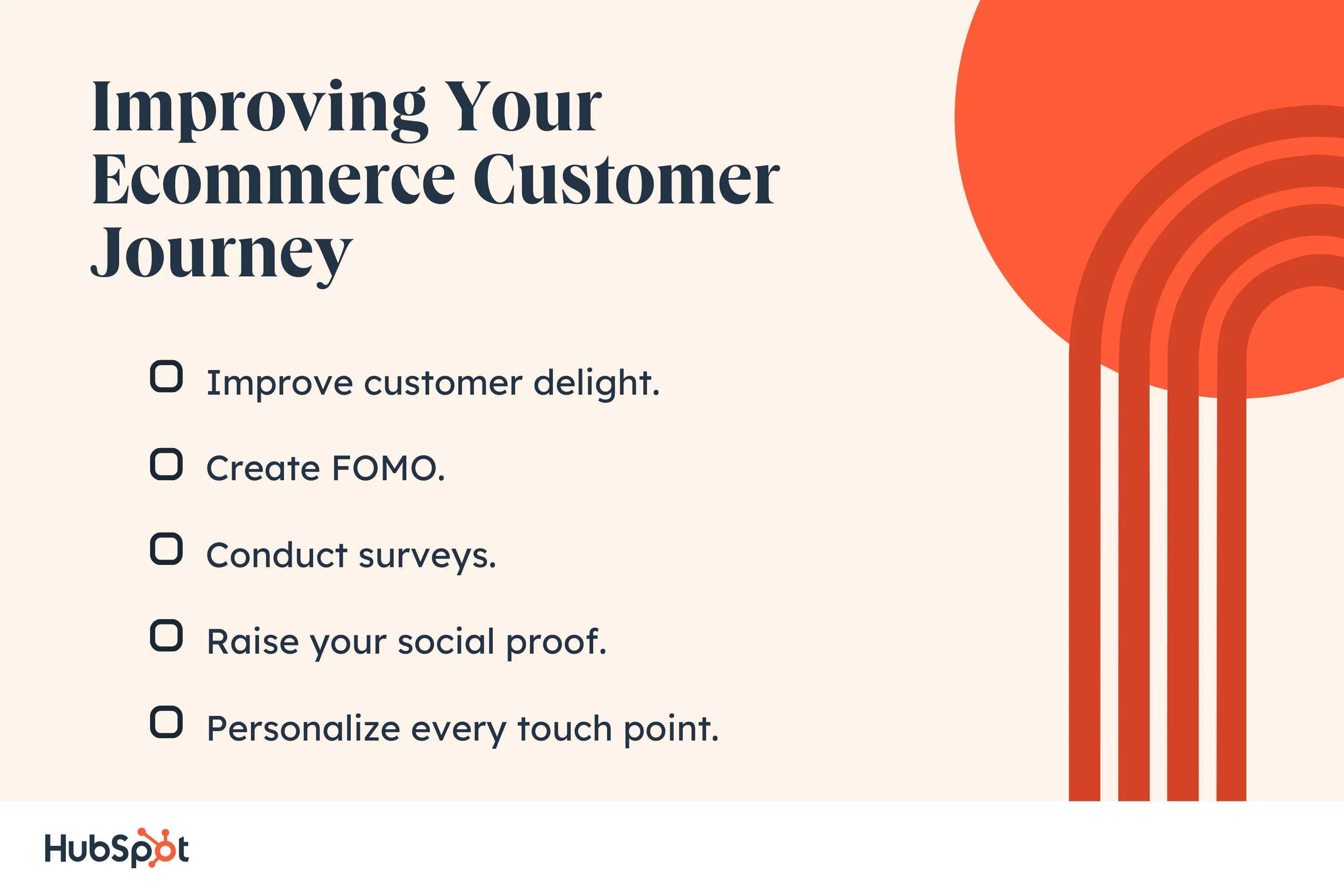
1. Improve customer delight.
2. Create FOMO.
3. Conduct surveys.
4. Raise your social proof.
5. Personalize every touch point.
Ecommerce Customer Journey Map
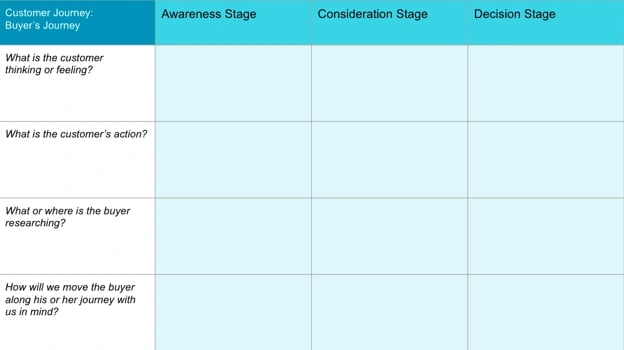
What is the customer thinking or feeling?
What is the customer’s action?
What or where is the buyer researching?
How will we move the buyer along their journey with us in mind?
Making Your Map
Creating the Best Ecommerce Customer Journey Possible

 ValVades
ValVades 
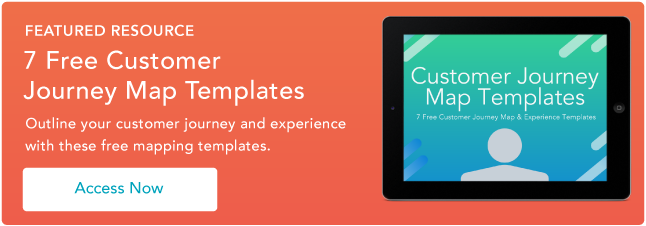








![Mastering SEO with Jena Apgar [VIDEO]](https://www.digitalmarketer.com/wp-content/uploads/2022/05/Copy-of-FACULTY_KasimAslam-1920-×-1080-px-1.png)



















